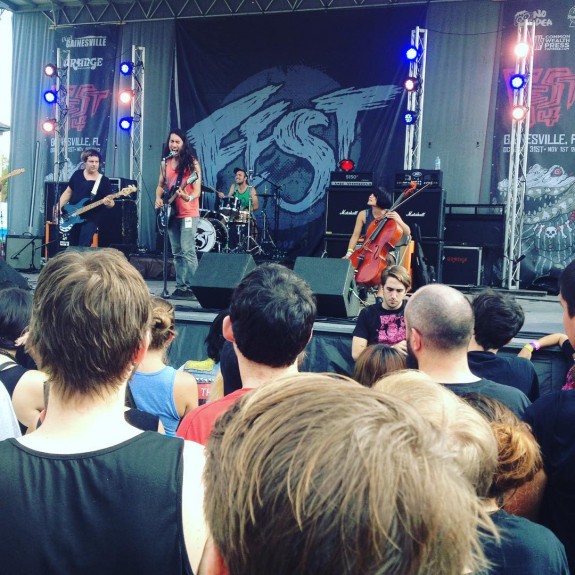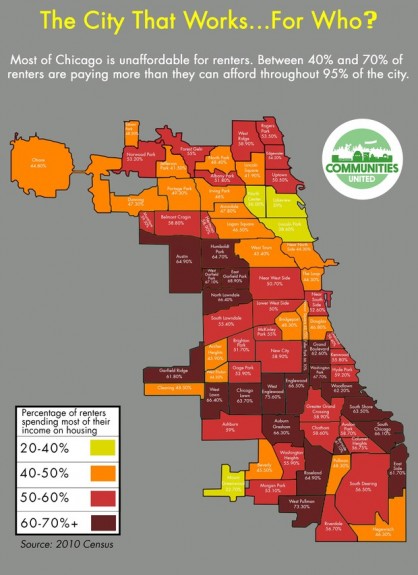I’ve never been one to focus on the passage of time, though this is almost certainly a defense mechanism to avoid reckoning with the reality that we are all living in some finite time. The COVID-19 pandemic confounds my ability to ignore time, even though time was fuzzy. Was it almost three years ago that I had a great time seeing old friends and colleagues at a conference in New Orleans before getting an email on the train ride back that there were confirmed cases of a virus that few had been paying much attention to at the conference and diving immediately into quarantine, a few weeks before the city where I was living shut down (for some) in ways that were complicated and unequal? How many months was it into the pandemic when I watched young people march down South Side streets lined by a phalanx of police? How do you talk about something that is different, that is no longer novel but is often not passed?
I’m not entirely how much I’ve changed as a result of the pandemic, or how much of that change is moving to a new city, changing jobs twice or just the passage of time, period. The last few years have been ones of tremendous, sometimes brutal, sometimes transformational change in many people’s lives. I don’t really know how profound that has been for me, but one of the more intimate and recognizable changes was that I really started listening to music again.
Listening to music had always brought a pang of anxiety about how I wasn’t seriously making it myself. While I know the pandemic was a creatively generative space, for me, it brought permission to really pay attention to music for the pleasure of it, or to try to feel something when the whole world felt like it was oscillating between emotional acuity and the absence of it or to just try to understand the world I was living so strangely in.
As we collectively learned more about the virus, live shows felt like a space where there was a real and careful conversation about how to balance the need for communion, the economic needs of artists and people who’s livelihoods are connected to them and everyone’s safety, and at least in some spaces, some concrete examples of putting that balance of concerns into practice. Before I moved away from Chicago, I want to a couple of really amazing generator shows. I hope they’ll continue to happen after the spring thaw. In Phoenix, I watched as young people (you can tell because , despite Arizona’s “wild west” mythology and the decades-long attempts to erode regulation in many sectors, at music venues, those under drinking age must be separated from older audience members by a physical barrier) danced as a band played, seemingly uninhibited by wearing masks. It felt like such a failure of public health messaging that this simultaneous exercise of abandon and care was not the center of how people were living during the pandemic and that maintaining even the modest level of concern over the pandemic was somehow living in the depths of privation.
Which is all to say that listening to music, and seeing it performed has been something that has brought me a lot of joy in a time of great change. That’s the context for the place in which I find myself listening to a lot of music and these are some of the random things I’ve been listening at the turning of the year. The list of songs and bands begins with a show I didn’t go to and ends with one I did.
Stuck played in Phoenix in the not so distant past. I didn’t go, but their latest EP, “Content That Makes You Feel Good” resonates with some of the fatigue I’ve felt, and that I’ve heard so many others articulate.
One song, “City of Police” vividly reflects the police response to protests calling for an end to police violence and for racial justice that I witnessed in Chicago (Stucks’s hometown) in 2020:
Protecting the protectors,
answering to no one,
they’re kettling in
those pushed to the fringes
when their march of reforms
meets their upturned drawbridges.
I know there’s a fear hiding behind all that rage,
you can see it in their eyes.
I’ve always liked hearing music because it’s just around, and Tik-Tok’s pairing of images and songs makes music ubiquitous in a way that generates meaning that feels more like a sample or a karaoke interpretation than top 40 radio. This is all to say that “Anti-Hero” and its very relatable chorus has been stuck in my head for weeks. I really love how the cadence of the first half of the verse and the second half shifts. And you know a song has some fundamental quality when it lends itself to mashups like with this radio ska classic.
Thinking more about music that feels ubiquitous, when I lived on the Northwest Side of Chicago, I would often hear music in Spanish blaring from garages throughout the alleys in my neighborhood. It was so common, that I was eventually able to recognize the occasional Los Tigres del Norte song.
In Phoenix, at least where I live, I don’t hear songs coming from alleys, but as part of understanding the city where I now live, I’ve been trying to feel out what is the music that underlies this place. I don’t know if this is exactly representative of the musical vibe as a whole, but I’ve been thinking of the more cumbia-inspired numbers performed by the band that closed out the city’s Dia de los Muertos celebration. The band shared members, or at least played songs from this release by Orkesta Mendoza. I went on a solo camping trip to the Superstition Mountains to spend the turning of the year in solitude, so I missed Pijama Piyama perform their psychadelic, somewhat silly cumbia on new years eve, but I did listen to this Code Switch episode that gets at the idea of cumbia as a sort of musical platform on the drive back. Throwing back to the idea of mashups, the episode closes with tracks from this Screwmbia record that gestures to the ways in which hip-hop producers in Houston and cumbia-obsessed youth in Monterrey, Mexico created distinct versions and cultures around their respective music by slowing down and warping the elements of the genre.
You can hear elements of cumbia in Conjunto Primitivo’s “Morir y Renacer” but also a lot of other musical references that swirl around in the dark rhythms of the record. It’s the last release from Chicago label Chicago Research, and if there’s a stylistic desert cousin to the label, it might be Arizona’s Total Peace. I really enjoy listening to the kind of electronic music that a label that also puts out hardcore bands releases, like this Deadbeat Pleasure tape.
The end of the year always brings best of lists, which have traditionally been something that brought me anxiety as a marker of all that I was missing as my attention was pulled in very different directions. This year, I’ve been able to appreciate the opportunity to hear things that I hadn’t listened to when they first dropped. Among them is the Anteloper record “Pink Dolphins”. Sadly, one of the groups principles, Jaimie Branch, died in 2022. It’s eerie to watch powerful videos of live performances that feel so vital and recent but are ultimately a permanent document rather than a living one.
I’ve been obsessed with the groove on the track Earthlings that runs subtly through the entire track before being joined with this swirl of trumpets at the end.
Another record that took me until the end of the year to really spend some time with, but that sticks with me is Gladie’s “Don’t Know What You’re In Until You’re Out”. I thought this story offered a compelling look at the context for the record, including the inspiration for the anthemic cry of “I wanna love you in the way that you still feel free” in the chorus of “Hit the Ground Running”. The lyrics of the songs are so amazing and they hit with both a strangeness while instantly evoking a specific feeling or struggle. I was listening to a poetry podcast in the shower where the host was lamenting how it’s easier to be stuck on heartbreak than to celebrate love for one’s friends or community. I don’t know if “Don’t Know What You’re In Until You’re Out” fully hits as a praise poem, but to listen to the record feels hopeful while simultaneously recognizing how hard it can feel to live.
But, as the Gladie record’s title suggests having perspective takes moving through some darker moments, and sometimes you just have to sit in that place. I think that Phoenix must be a tough place to be young and to want to create things. The physical environment as a record of creation so often reflects a perfectly engineered blandness or the hubris of destruction. I’ve never lived there, but I’ve spent enough time there to imagine that Houston could feel the same way. I saw some bands from Houston passing through on tour that really reflected the chaotic energy of living within growth that defies humanity that resonates between Houston and The Valley. This scene report, in Houston’s mainstream paper no less, tracks with the sliver of it that I saw. Mexican Coke has just a perfect band name and you can pretty much get what they’re about from this video:
They were on tour with JOHNNASCUS, whose amp started spewing smoke pretty early on in the set. I just really love it when artists with a different aesthetic but whose music is similarly resonant tour together, and I’m happy that digital hardcore as a genre is really vibrant right now. It’s the perfect soundtrack to sinking into a mundane dystopia.
That might be the best part of being a music listener – you don’t have to choose between recognizing what is hopeful, or what is nightmarish – you can hear the way that music that evokes these themes connects with a recognizable reality and reply, “true, true.”





